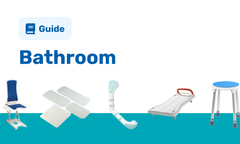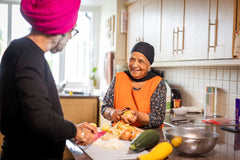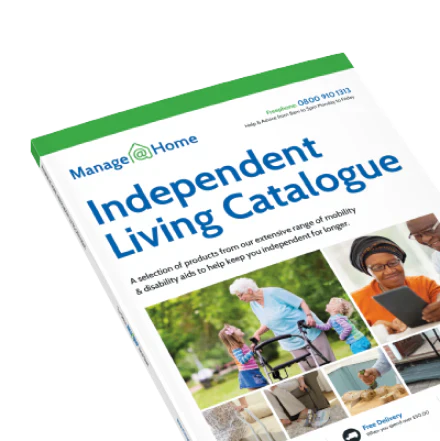Fall-Proof Your Home
- Consider a Perching Stool if you’re struggling with tired joints or muscles for additional support when preparing dinner in the kitchen for example.
- Ensuring light is good in all areas of your home – especially on stairs. Motion-activated lights could be a great addition to your home.
- Use a bedside light when getting up at night. If a light is not easily accessible, keep a torch by the bed.
- Remove clutter – especially on halls and stairs.
- Remove loose rugs and mats (repair/replace worn/torn flooring).
- Rearrange furniture to enable easy access to all areas.
- Continually reaching up or bending down for things? Rearrange everyday items so they are within reaching distance to avoid unnecessary bending or stretching. Reacher/grabbers should also be considered for those with more limited reaching abilities than others.
- Consider a second stair rail or non-slip grab rails in the bathroom, entrance and exit of your property.
- Keep your garden path free of wet leaves, moss and ice and repair any cracks in the pavement. Consider installing an outdoor grab bar outside your door.
- Have the edges of outdoor steps painted yellow or white for visibility?
- Ask for help to move your recycle bins. If possible, ask a neighbour.
- Consider a key safe. Do not leave keys in locks as this could hinder access in an emergency. Also, consider a key turner like a keywing if you suffer from a weakened hand grip when attempting to open doors.
- Get a personal falls alarm for emergencies.
- Ensure you have a working smoke alarm. Fire and safety concerns can be discussed with your local Fire and Rescue Service.
- A surprising number of people fall over their pets. Buy them a bright collar and a bell to alert you of their presence.












Comments